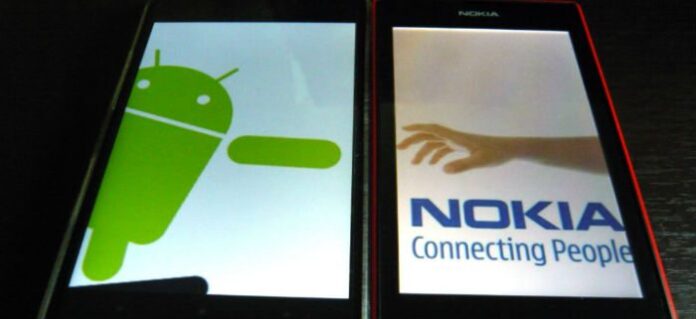Germany’ University of Kaiserslautern is partnering with Nokia to study 5G network architecture
Continuing its push to develop next-generation 5G mobile network technology, Nokia announced a research and development partnership with Germany’s University of Kaiserslautern.
Nokia is set to underwrite the technical institute’s 5G efforts, which will focus on network architecture.
While 5G has yet to garner an internationally defined standard, stakeholders agree that hallmarks of the next-generation tech will be super-fast throughput, very low latency and the capacity to support the perpetuation of “Internet of Things” and machine-to-machine applications.
“A new network architecture is required to manage these complex multi-layer and multi-technology networks, and to build-in flexibility even for applications that are yet to be envisioned,” Nokia noted. “5G networks will have to be programmable, software drive and managed holistically to enable a diverse range of services in a profitable way.”
Peter Merz, Nokia’s head of radio systems, which is responsible for FutureWorks 5G research, said a new radio access model and network architecture are needed to support 5G.
“5G is not only about new radio access technology, network architecture will play an important role as well,” Merz said. “We are working with University of Kaiserslautern to develop components and capabilities that will make it possible to execute our vision for the 5G architecture.”
Hans Schotten, scientific director for the German Research Centre for Artificial Intelligence at the University of Kaiserslautern, said he looks forward to working on a “novel and highly efficient network architecture.”
“The opportunity to do 5G research together with Nokia Networks is invaluable to our students and researchers,” he said.
Back in January, Nokia announced a partnership with SK Telecom on 5G core networks and cloud-based virtualized base station technology. A major focus of the partnership will be developing “cmWave/mmWave 5G technology,” which uses spectrum resources in ultra-high frequency bands (60 GHz or higher) for data communications. The technology is being discussed as one of the possible core 5G technologies.
The companies announced plans to work toward demonstrating 5G in 2018 and commercializing the service in 2020.

